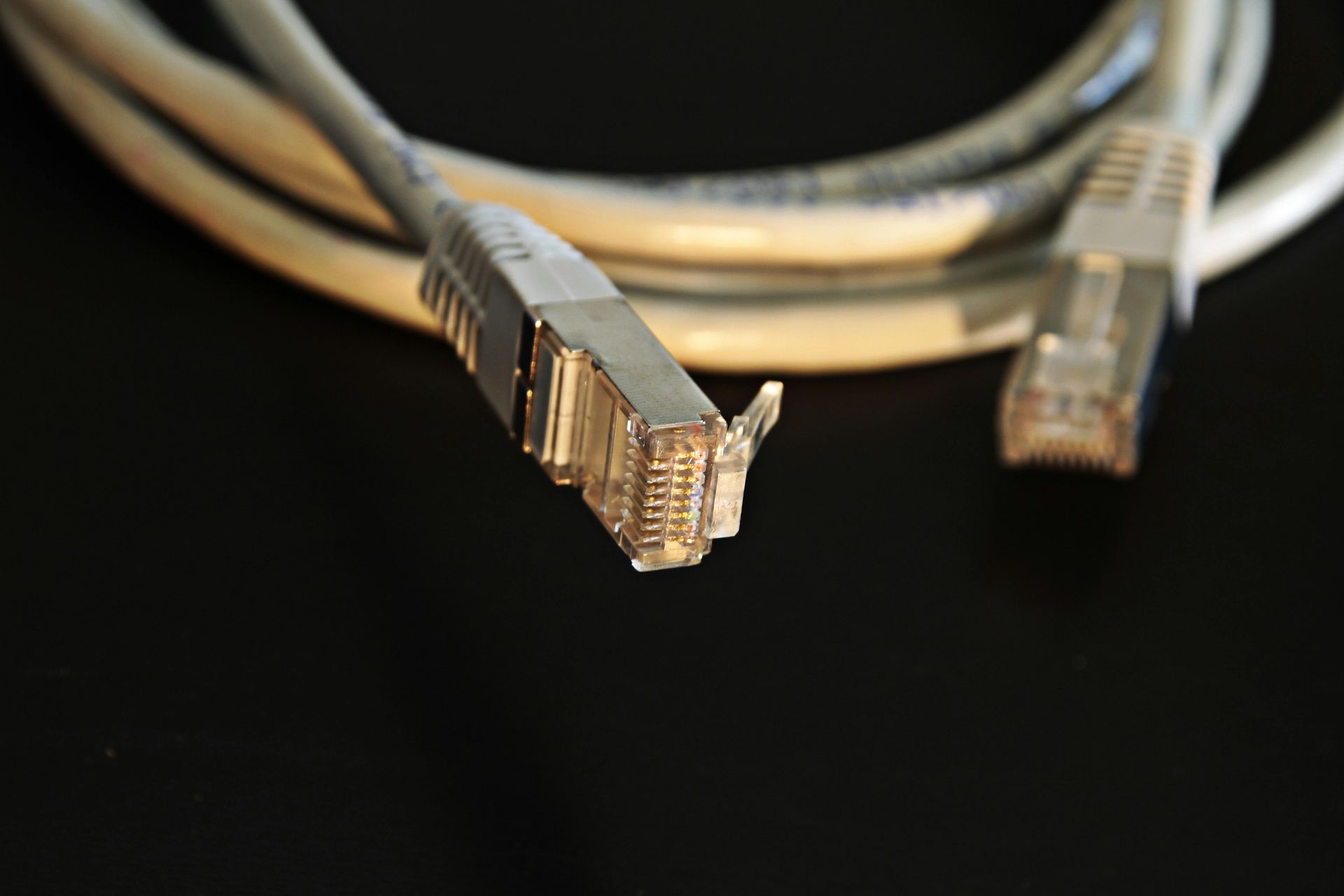Computer Network Security

In today's digital landscape, understanding computer network security is crucial for protecting sensitive information. You face constant threats from cybercriminals, and it's essential to implement effective measures to safeguard your networks. By adopting strong passwords and multi-factor authentication, you can enhance your defenses. But what about the evolving challenges that lie ahead? Discover how proactive strategies can keep your systems secure in an ever-changing environment.
Understanding Computer Network Security
Computer network security is vital for protecting sensitive information and maintaining the integrity of digital communications. You need to understand that it encompasses various practices and technologies designed to safeguard your network from unauthorized access and attacks.
By implementing strong firewalls, encryption, and intrusion detection systems, you can enhance your network's defenses. Regularly updating software and operating systems also plays a critical role in mitigating vulnerabilities. It's essential to create strong passwords and educate users about phishing attempts as well.
Monitoring network traffic helps you identify suspicious activities early. Ultimately, investing time and resources in computer network security not only protects your data but also fosters trust among users and clients, ensuring smooth operations and a secure digital environment.
Common Cyber Threats
As technology evolves, so do the threats facing your network. Cybercriminals are constantly finding new ways to exploit vulnerabilities.
Phishing scams trick you into revealing sensitive information through seemingly legitimate emails. Ransomware attacks can lock you out of your files, demanding payment for access.
Malware, including viruses and spyware, can infiltrate your systems, corrupting data and compromising security. Distributed Denial of Service (DDoS) attacks overwhelm your network, causing disruptions and downtime.
Insider threats, whether intentional or accidental, can also pose serious risks. Finally, weak passwords and outdated software leave your network open to exploitation.
Staying aware of these common cyber threats is essential to safeguarding your sensitive information and maintaining a secure network environment.
Essential Security Measures
To effectively combat the various cyber threats you face, implementing robust security measures is key.
Start by utilizing firewalls to create a barrier between your internal network and external threats. Regularly update your software and operating systems to patch vulnerabilities that hackers exploit.
Employ strong, unique passwords and encourage multi-factor authentication to add an extra layer of security. Regularly back up your data to ensure you can recover it in case of ransomware attacks.
Train your employees on recognizing phishing attempts and other social engineering tactics. Finally, consider using encryption to protect sensitive data both in transit and at rest.
Best Practices for Network Security
While securing your network might seem daunting, following best practices can make the process manageable and effective.
Start by regularly updating your software and firmware to protect against vulnerabilities. Use strong, unique passwords and consider implementing multi-factor authentication for added security.
Segment your network to limit access and reduce risks. Regularly monitor network traffic for unusual activity, and make sure to back up your data frequently.
Educate your team about phishing scams and social engineering tactics, as human error is often the weakest link.
Finally, develop a response plan for potential breaches, so you're prepared if an incident occurs.
The Future of Computer Network Security
With the rapid evolution of technology, the landscape of computer network security is changing dramatically.
You'll see advancements like artificial intelligence and machine learning becoming essential tools for predicting and mitigating threats. As cybercriminals grow more sophisticated, your strategies must adapt quickly.
Zero trust architecture will likely become the norm, ensuring that every user and device is continuously verified before accessing network resources.
You'll also notice a shift towards automation, streamlining threat detection and response processes.
Additionally, the rise of quantum computing poses new challenges, requiring you to rethink encryption methods.
Staying informed and proactive will be crucial in navigating this evolving landscape, ensuring your network remains secure against emerging threats.
Embrace these changes to safeguard your data effectively.
Conclusion
In today's digital world, you can't afford to overlook computer network security. By understanding common threats and implementing essential security measures, you can protect your sensitive information effectively. Adopting best practices ensures your defenses remain strong against evolving cyber challenges. Stay proactive and keep learning about new technologies and strategies to safeguard your network. Remember, a secure network not only protects your data but also builds trust with your users and clients.












